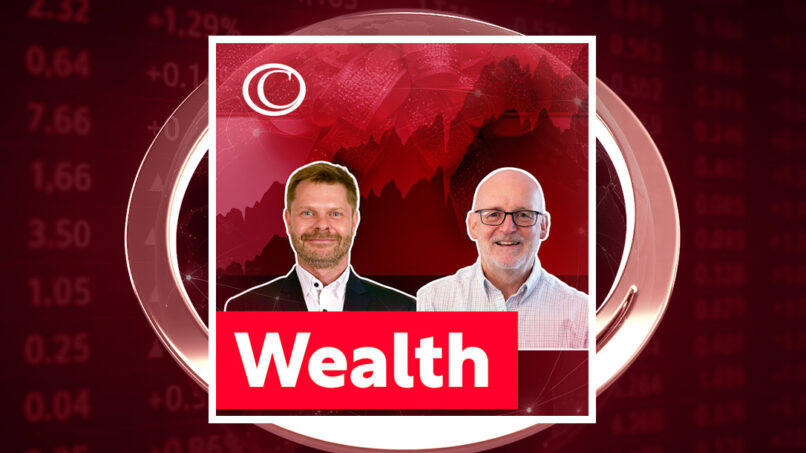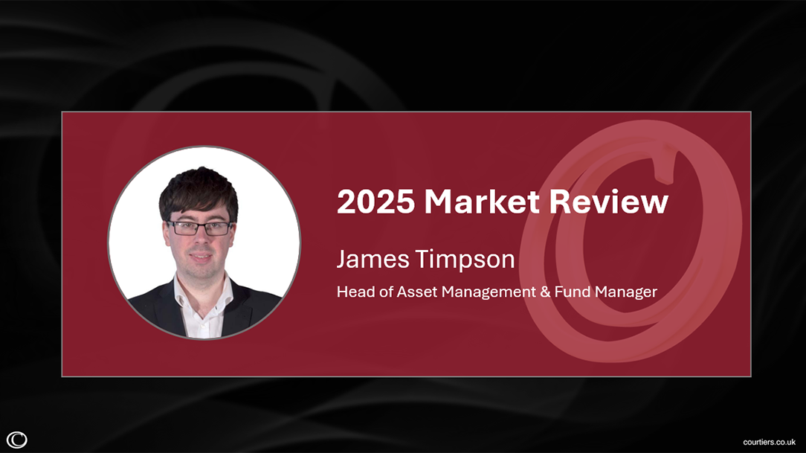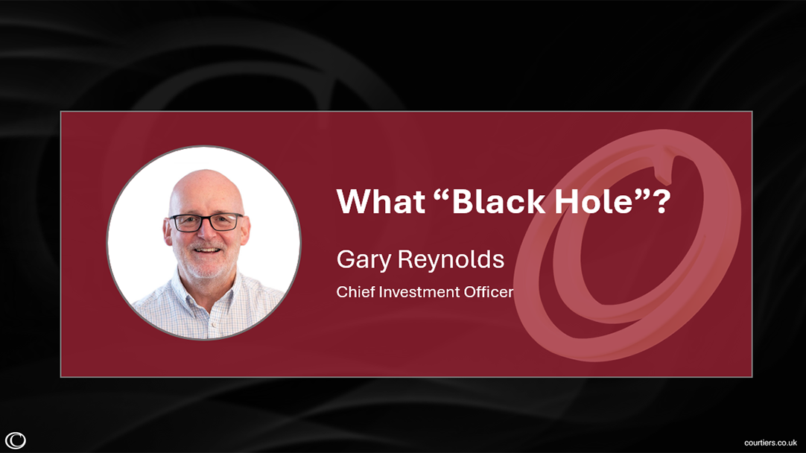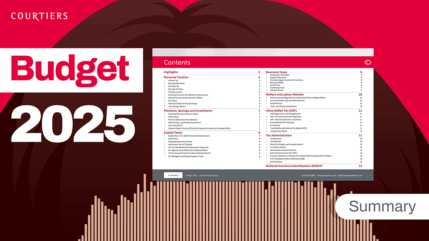In the second quarter of 2025, the Cautious Risk Fund, Balanced Risk Fund, and Growth Fund returned +2.99%, +3.64%, and +4.52%, respectively. The UK Equity Income Fund and Ethical Value Equity Fund rose +12.81% and +7.76%, respectively, thanks to a buoyant UK small and mid-cap market. The Global (ex-UK) Equity Income fund returned +1.17%, and the Investment Grade Bond fund returned +0.52%.
The positive returns mask what was a volatile month. After the first 8 days of the quarter the funds were down an average of -7% (excluding the bond fund). Markets rapidly recovered after the President of the United States, Donald Trump, announced a 90-day pause on reciprocal tariffs. Some tariff deals have been announced in the interim, but the deadline is 9th July, so we will be monitoring this closely.
Full round-up of Quarterly market performance
The UK stock market continued its strong start to the year. The FTSE 100, representing the UK’s 100 largest companies, saw a gain of +3.19% in a quarter that included a record 16-day streak of positive returns. Domestically focused smaller companies, as measured by the FTSE 250 ex-IT and the FTSE Small-Cap ex-IT, were the big movers in the quarter, rising +14.35% and +15.08%, respectively. This was due to higher-than-expected UK growth and a reversal from the last quarter. These movements pushed the UK and Ethical funds to some big returns in the quarter and benefited the multi-asset funds that have exposure to the UK fund too.
Europe continued rising through the quarter. The Stoxx 50, representing the 50 largest European companies, rose +3.15%, led by Germany again for the second quarter in a row. The DAX, the 40 largest German companies, is now up nearly +20% on the year.
The US reversed its torrid start to the year once the tariff pause was announced. The S&P 500, the 500 largest US companies, rose by +10.94%, bringing the return on the year to +6.14%. This is a healthy return but to assess what it means to a UK investor you have to consider the fall in the dollar. USD priced in GBP fell -5.89% on top of the -3% fall in the first quarter of 2025. This shows that despite the recovery in headline equity indices the tariffs continue to influence the US.
The weakening of the US Dollar acted as a tailwind for Emerging Market Equities, which saw a collective gain of +8.13% during the quarter. This was led by India and Latin America, which bounced back after the tariff postponement.
Inflation jumped to 3.5% in April, its highest level in over a year. However, it has declined in May and the Bank of England (BoE) still thought it was appropriate cut interest rates from 4.5% to 4.25% in the quarter. This is the fourth reduction since last summer when rates stood at 5.25%. The interest rate decision was not unanimous with five of the nine Monetary Policy Committee members voting to cut rates, two voting to keep rates on hold, and two voting for a larger cut to 4.0%.
Sterling-denominated corporate bonds, tracked by the Markit iBoxx Sterling Corporates index, rose +3.10%, and in the high-yield market, the ICE Bank of America Sterling High Yield index rose +2.4%. We took advantage of this and sold our corporate bond exposure, favouring attractive yields on long dated UK Gilts.
Oil was a big mover this quarter falling -10.74%, as measured by the S&P GSCI Brent Crude Spot Index. As oil is priced in dollars the fall is even greater when measured in GBP, which is why petrol prices are at their lowest since 2021. Despite the fall, oil temporally jumped +20% on the conflict between Iran and Israel. Whilst conflicts in the Middle East persist, the dynamics that caused a jump in oil prices in the 1970s have fundamentally changed. Over the last 12 years, the US has become the largest Oil producer in the World and in 2020 became a net exporter of oil for the first time since 1949.
Gold continued its upward trajectory throughout the quarter, rising +5.22% and silver rose +3.72%












